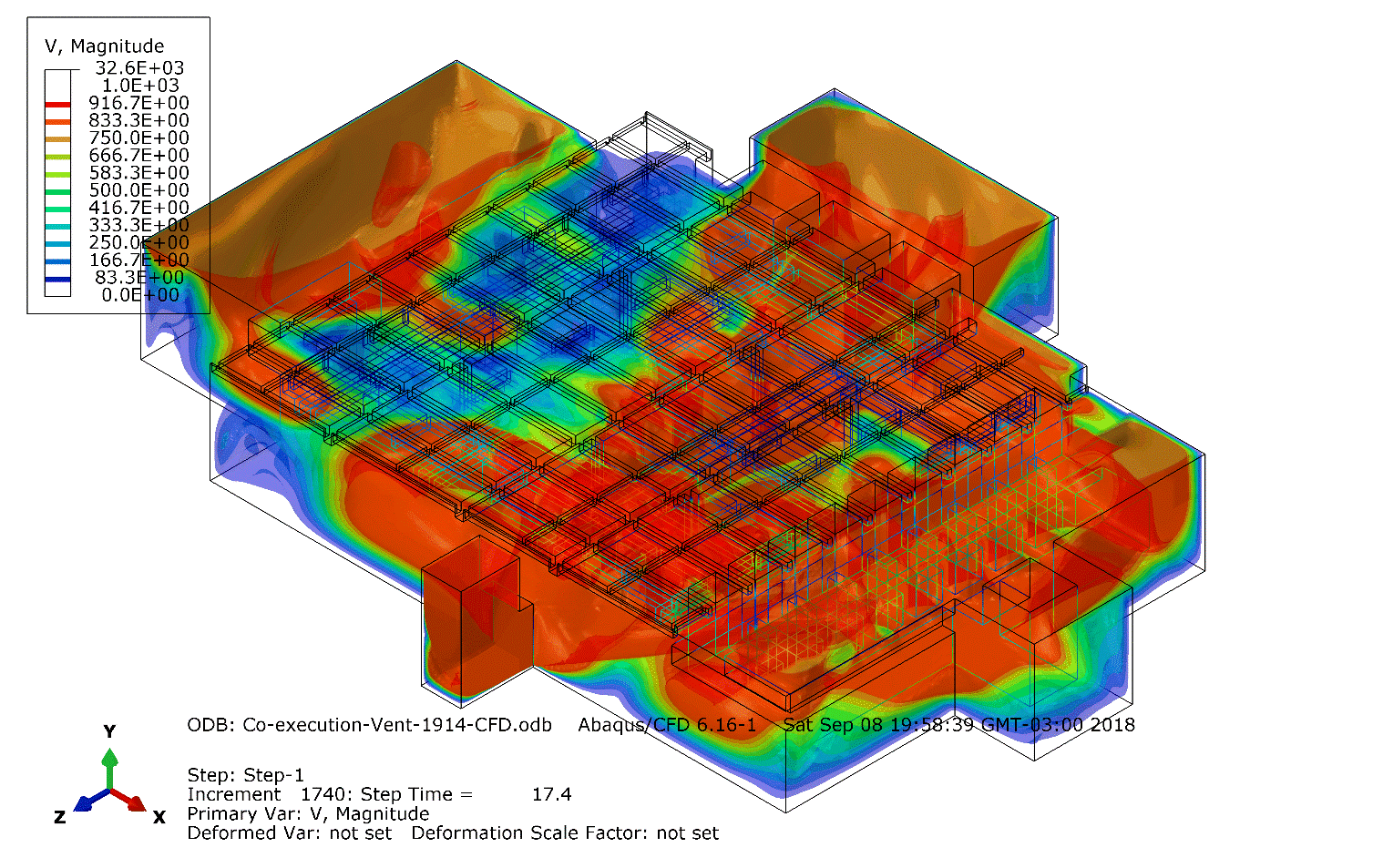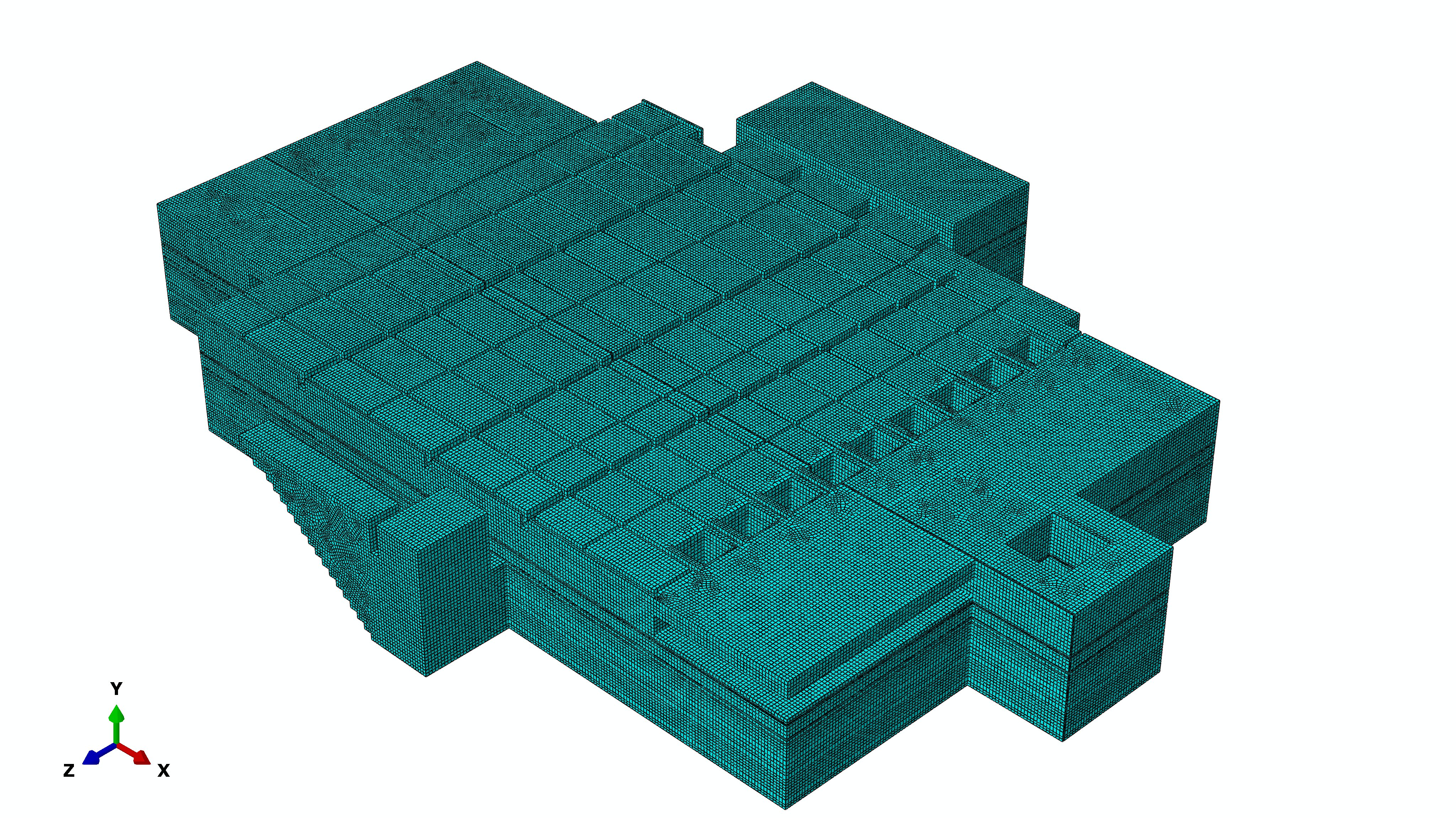Environmental impact studies can be used both as a preventive tool and as a corrective or quantifying tool of environmental damage.
Acoustic pollution
The models of acoustic pollution permit to evaluate the noise levels in the far field of acoustic source. They are calibrated by means of field measurements and they also enable to evaluate mitigation alternatives, both inside and outside the acoustic source.
Ver masWater and soil pollutant dispersion
The convection-diffusion models of liquids in liquids, transportation of solid in liquids or fluids in porous medium, total or partially saturated, allow the realization of evaluations of pollutant dispersion in different medium conditions, the risk evaluation, economic impact, mitigation systems and environmental impact of leakages and effluents. They are applicable to pollution situations in soils, rivers, superficial or underground aquifers water reservoirs.
Ver masAir pollutant dispersion
Gas convection-diffusion models permit to develop evaluations of concentration of pollutants in different ventilation or environmental conditions, with the aim of evaluating risk, mitigation systems and environmental impact of chimneys, flares, leakage of pollutants, etc. Added to these models, there is the capacity for solids transport and settling prediction.
Ver mas

